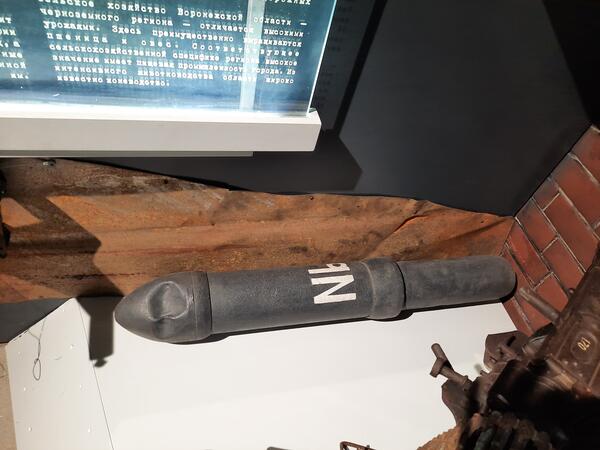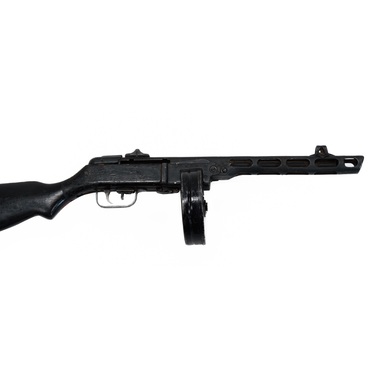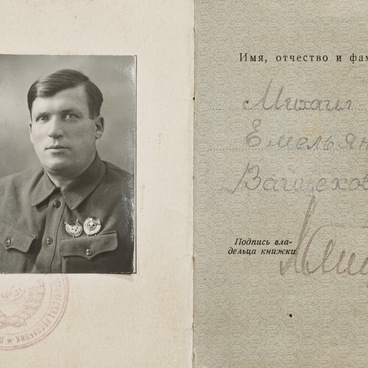The conditions for the development of Nebelwerfer rocket launchers (literally “Smoke Thrower”) were formed in the mid-1930s. At that time, the development of barreled mortars for chemical shells was underway. These weapons were intended for creating smoke screens or using chemical warfare agents. The possibility of using high-explosive fragmentation ammunition was also provided. In a few years, two “smoke throwers” of classic mortar design were created.
In the late 1930s, there was a proposal to abandon the mortar design in favor of rockets. By that time, Hitler’s Germany had extensive experience in developing unguided missiles and used this experience in a new project. A completed prototype of this weapon appeared at the very end of the 1930s. The first samples of a new weapon designated as the 15 cm Nebelwerfer 41 (15 cm Nb.W. 41) entered the army in 1940, shortly after the end of the French campaign. By the time the attack on the USSR began, the Nebeltruppe units had received a sufficient number of these rocket launchers and were able to test them in battle.
The Nb.W. 41 was a towed system on a wheeled carriage. Its main element was a block of six tubular rails with a caliber of 158 mm, arranged in the shape of a hexagon. The design of the rocket launcher allowed horizontal and vertical aiming. The length of the system, including the outriggers, reached 3.6 m, its own mass was 510 kg.
The Nebelwerfer 41 rocket launchers were in wide use from 1941 until the end of the war. In 1941–1945, about 6,300 launchers of two types were built and about 5.5 million W.Gr 41 shells were manufactured. Such systems were used both for their intended purpose, that is for creating smoke screens, and as a means of strengthening barreled artillery. It is presumed that shells with chemical warfare agents were never used in combat. The weapon accomplished its tasks well, although it had some drawbacks. In particular, the trail of smoke and the specific sound of its engine unmasked the position, which is why the towed mortars were vulnerable.
In the late 1930s, there was a proposal to abandon the mortar design in favor of rockets. By that time, Hitler’s Germany had extensive experience in developing unguided missiles and used this experience in a new project. A completed prototype of this weapon appeared at the very end of the 1930s. The first samples of a new weapon designated as the 15 cm Nebelwerfer 41 (15 cm Nb.W. 41) entered the army in 1940, shortly after the end of the French campaign. By the time the attack on the USSR began, the Nebeltruppe units had received a sufficient number of these rocket launchers and were able to test them in battle.
The Nb.W. 41 was a towed system on a wheeled carriage. Its main element was a block of six tubular rails with a caliber of 158 mm, arranged in the shape of a hexagon. The design of the rocket launcher allowed horizontal and vertical aiming. The length of the system, including the outriggers, reached 3.6 m, its own mass was 510 kg.
The Nebelwerfer 41 rocket launchers were in wide use from 1941 until the end of the war. In 1941–1945, about 6,300 launchers of two types were built and about 5.5 million W.Gr 41 shells were manufactured. Such systems were used both for their intended purpose, that is for creating smoke screens, and as a means of strengthening barreled artillery. It is presumed that shells with chemical warfare agents were never used in combat. The weapon accomplished its tasks well, although it had some drawbacks. In particular, the trail of smoke and the specific sound of its engine unmasked the position, which is why the towed mortars were vulnerable.



